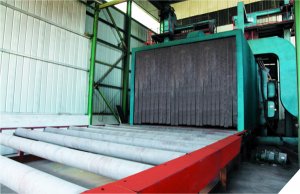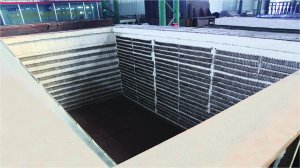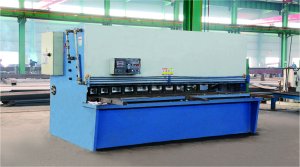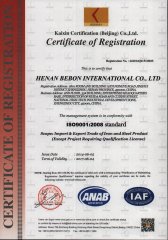There are several methods for cutting steel based on the thickness of the material, precision required, and the equipment available. Here are common ways to cut steel:
Angle Grinder:
Method: Angle grinders equipped with abrasive cutting discs can be used for cutting thin steel sheets or rods.
Procedure: Secure the steel piece firmly and cut using the rotating abrasive disc. Safety gear like goggles and gloves is essential.
Hacksaw:
Method: Hacksaws are manual tools suitable for cutting small steel pieces or making detailed cuts.
Procedure: Mark the cut line, secure the steel in a vice, and use the hacksaw with even strokes to cut through the material.
Circular Saw:
Method: Circular saws with appropriate metal-cutting blades can be used for cutting thicker steel sheets or pipes.
Procedure: Clamp the steel securely and guide the saw along the marked cutting line. Ensure safety precautions are followed.
Plasma Cutting:
Method: Plasma cutting machines use a high-velocity jet of ionized gas to melt and cut through steel quickly.
Procedure: Requires specialized equipment, typically used for industrial applications or where high precision is needed.
Oxy-Fuel Cutting:
Method: Oxy-fuel cutting involves the use of a torch that combines oxygen with a fuel gas to create a high-temperature flame for cutting steel.
Procedure: Suitable for cutting thick steel plates, structural components, and shapes. Requires proper ventilation and safety measures.
Laser Cutting:
Method: Laser cutting uses a focused laser beam to melt or vaporize the steel along a predetermined path.
Procedure: Provides high precision and is suitable for intricate designs. Typically used in industrial settings.
Water Jet Cutting:
Method: Water jet cutting utilizes a high-pressure stream of water mixed with an abrasive substance to cut through steel.
Procedure: Ideal for materials sensitive to heat and offers precise cutting with minimal distortion.
Selecting the appropriate cutting method depends on factors such as the thickness of the steel, desired precision, available equipment, and safety considerations. Always prioritize safety by using appropriate protective gear and following recommended procedures when cutting steel.

 Address:Zhengzhou city in China.
Address:Zhengzhou city in China. Phone:0086-371-86151827
Phone:0086-371-86151827 Email:
Email:



 Address: Zhengzhou city in China.
Address: Zhengzhou city in China.
